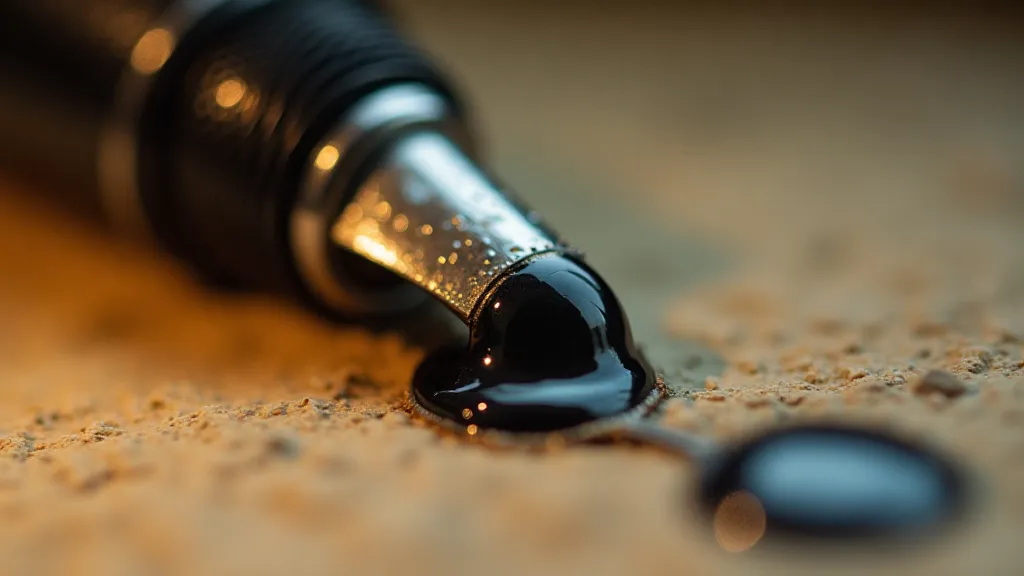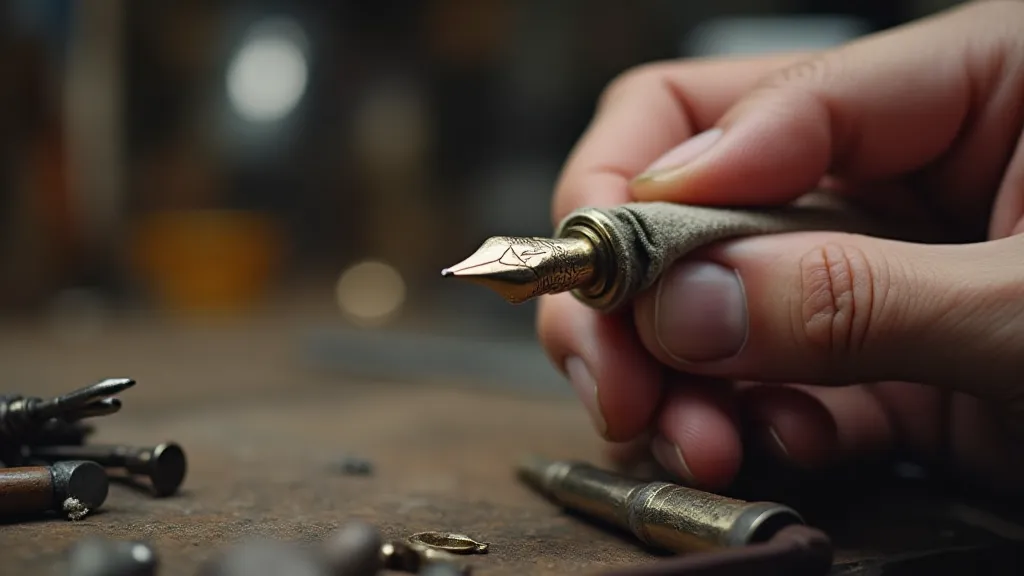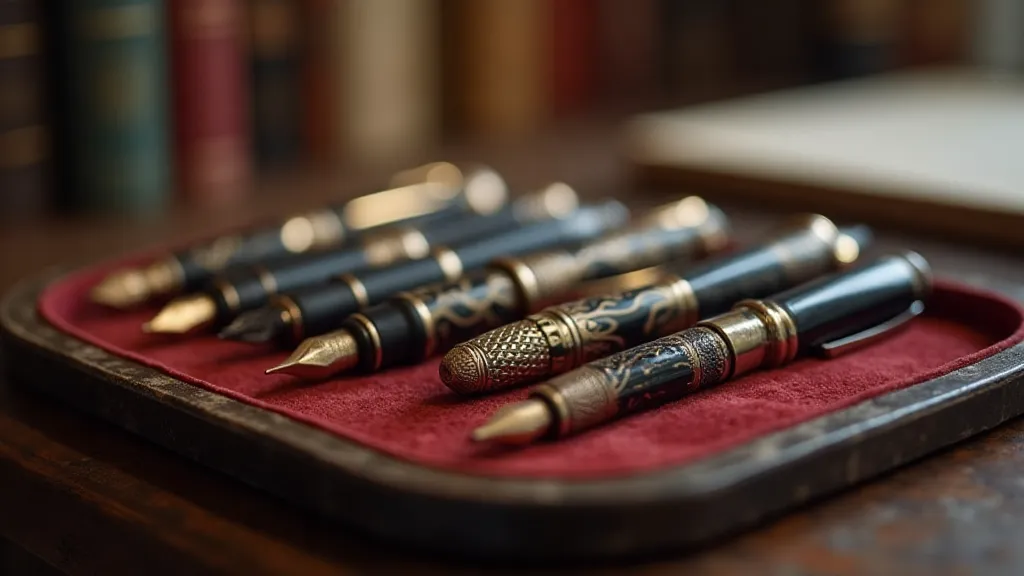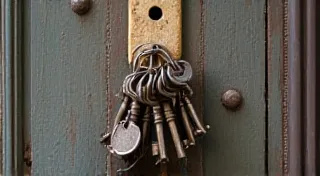The Secret Language of Nib Width: Decoding a Pen's Personality
There's a peculiar romance that surrounds vintage pens, a feeling that transcends mere functionality. It's more than just ink on paper; it's a connection to a time when craftsmanship was paramount, when objects were made to last, and imbued with a personality all their own. And at the heart of that personality lies the nib – particularly its width. It's a detail often overlooked by the casual observer, yet it whispers secrets about the pen’s original purpose, the hand that shaped it, and the stories it’s helped to tell.
I remember the first time I truly understood this. I was a young boy, rummaging through my grandfather’s attic, a chaotic repository of forgotten treasures. Amongst dusty photo albums and moth-eaten blankets, I found a box of pens. Most were broken, dried out, or simply lost to time, but one, a Sheaffer Lifetime, in a deep burgundy celluloid, called to me. It was heavier than the plastic pens I was accustomed to, and as I carefully cleaned off the grime, I felt a weight of history in my hands. It was the nib that captivated me most – a firm, medium.
Initially, I struggled. My writing was messy, and the pen felt almost…intimidating. My father, who appreciated vintage things but didn’t share my obsessive focus, told me to “just use a ballpoint.” But I persisted, drawn to the promise of a different writing experience. Eventually, I learned to coax a line from it, and the feeling – the slight feedback, the subtle variations in ink flow – was unlike anything I’d known before.

The Spectrum of Personality: From Fine to Broad
Nib widths aren’t simply arbitrary measurements. They represent a conscious design choice, dictated by the intended use of the pen. In the early 20th century, when fountain pens truly came into their own, different widths served distinct purposes. A fine nib was perfect for a meticulous accountant, carefully recording numbers and figures. A medium nib, the most common, was suitable for general correspondence, letters, and personal journals. A broad nib? That was for statements – for signing important documents, for making a bold impression, for writers who wanted their voices to resonate.
Think of a fine nib as a quiet observer, diligently recording details. Its lines are precise, economical, almost restrained. It's the pen of a scientist meticulously noting observations or a poet carefully crafting each syllable. A medium nib, the workhorse, embodies a comfortable balance. It's versatile, adaptable, and capable of expressing a wide range of emotions. Then there's the broad nib, the dramatic performer. Its lines are thick, assertive, unapologetic. It demands attention, and it leaves a lasting mark.
Consider the context of the time. Before typewriters became commonplace, pens were a primary tool for communication and self-expression. A lawyer would want a pen that conveyed authority. A novelist would choose something that felt intuitive and encouraged creativity. The craftsman understood this, and he tailored the nib accordingly. Even the material played a part – gold nibs were generally more flexible, offering a unique "bounce" to the writing, while steel nibs were often firmer and more durable.
The Subtle Art of Restoration: Respecting the Original Voice
When restoring a vintage pen, it's crucial to respect the original nib width. Polishing it to a mirror sheen might improve its appearance, but it can also compromise its functionality. A nib that was originally ground for a specific purpose – a particular degree of feedback, a certain ink flow – shouldn’t be drastically altered. A broad nib, meticulously polished to a tiny point, loses its character. A fine nib, aggressively shaped for a broader line, loses its precision.
I’ve encountered pens where well-meaning restorers have attempted to "improve" the nib, only to diminish its inherent charm. One particular Waterman I repaired had been brutally reshaped, losing all its original personality. It wrote, yes, but it felt…wrong. It felt like a betrayal of the craftsman’s original intention.

Collecting with Understanding: Beyond Aesthetics
For the collector, understanding nib width is more than just a matter of aesthetics. It's a key to unlocking the pen’s history. Knowing the original intended use helps you appreciate the pen's significance and value. A rare, extra-broad nib on a Parker Duofold, for instance, might be a prized possession, a testament to a time when individuality and bold expression were celebrated. Similarly, a Waterman ideal with an exceptionally fine, stub nib is a rare and sought-after collector's item.
Beyond the rarity, the nib width tells a story. It connects you to the hand that held it, the thoughts that flowed from it, the documents it signed, the letters it carried. Each line etched into the nib itself is a tiny record of its history.
The Enduring Legacy: A Connection Across Time
Vintage pens aren't simply writing instruments; they are tangible links to the past. The secret language of nib width is just one aspect of their enduring appeal. It’s a reminder of a time when objects were made with care, when craftsmanship was valued, and when the simple act of writing was a more deliberate and meaningful experience.
Holding a vintage pen, feeling its weight in your hand, and writing with its unique nib is an act of connection – a connection to the past, to the craftsman who made it, and to the countless others who have used it before you. It’s a connection that transcends time, whispering stories of ambition, creativity, and the enduring power of the written word.






